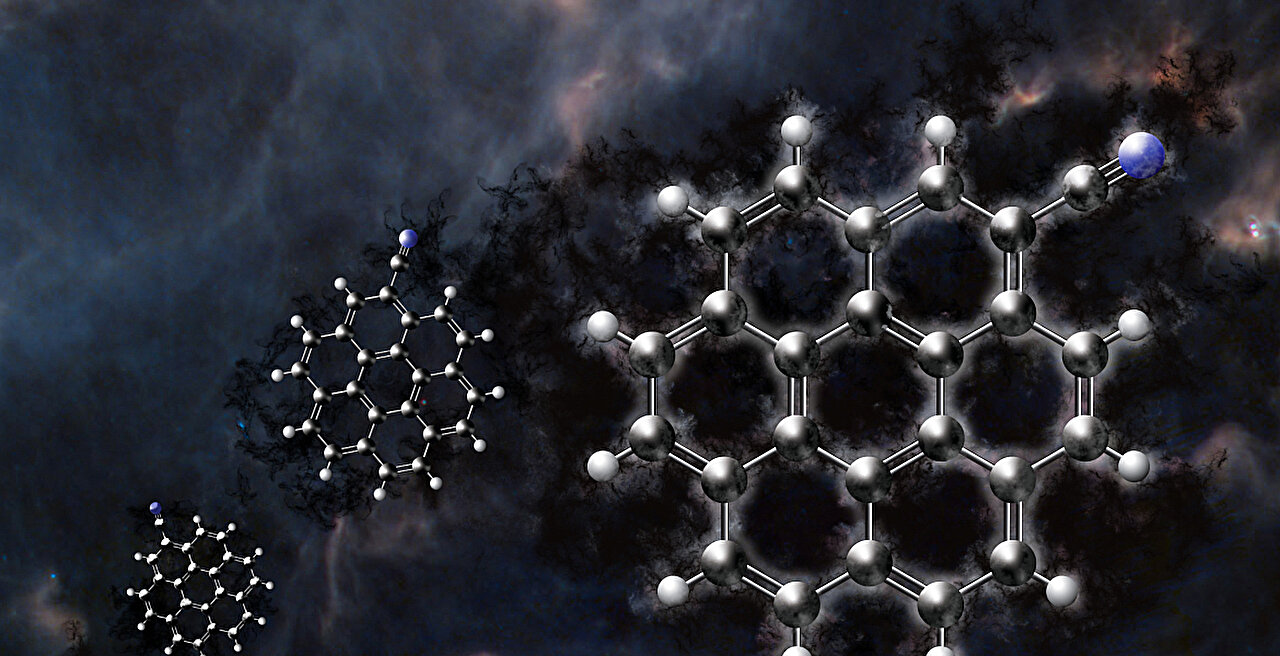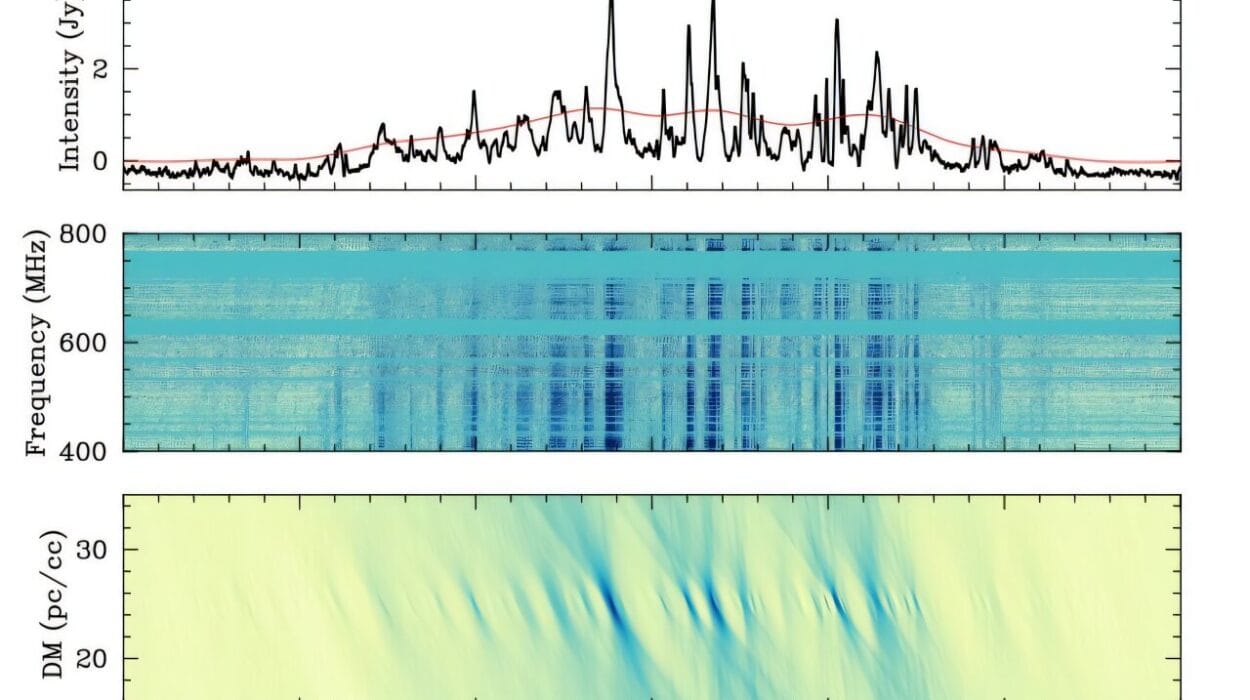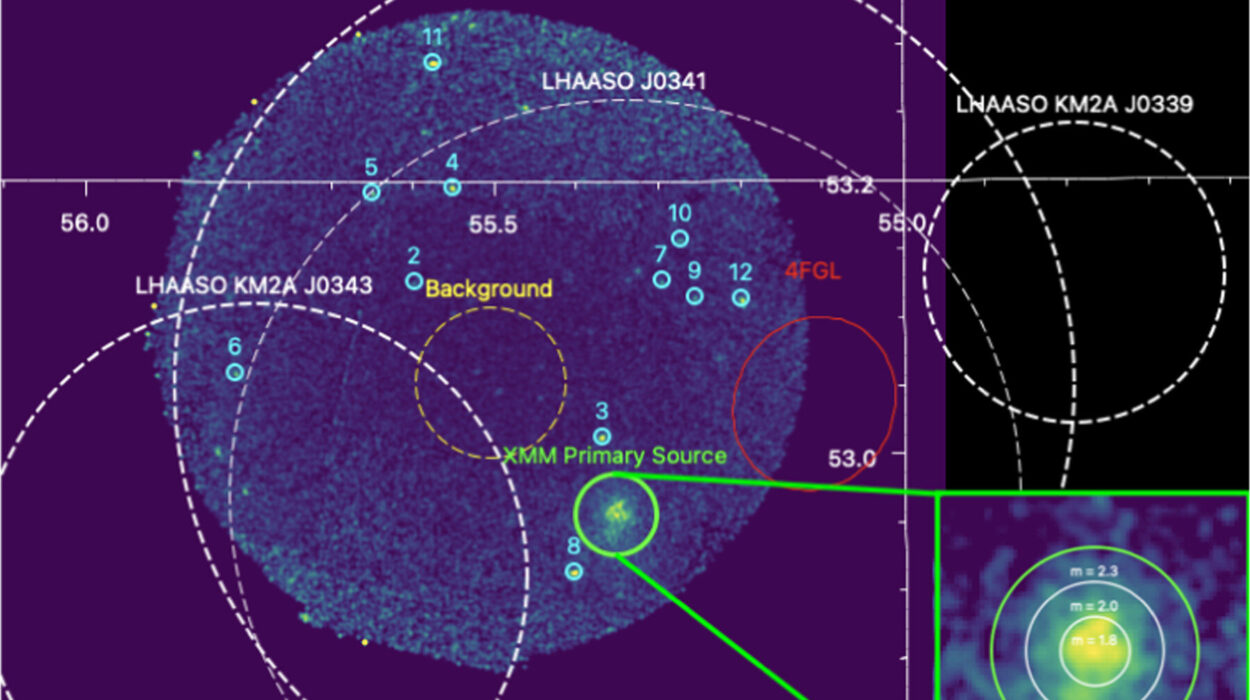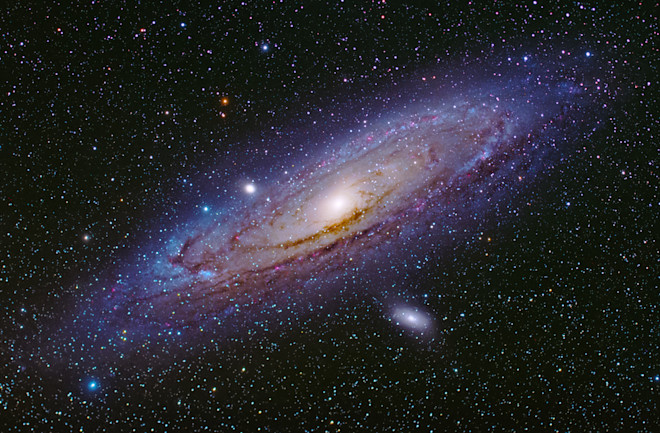In the silent darkness of space, in a cold molecular cloud drifting 430 light-years from Earth, astronomers and chemists have spotted something extraordinary—a chemical giant forged in the heart of interstellar stillness. It’s called cyanocoronene, and with its intricate framework of seven connected benzene rings and a cyanide tag, it is now the largest polycyclic aromatic hydrocarbon (PAH) ever discovered beyond our planet.
This groundbreaking find, detailed in The Astrophysical Journal Letters and unveiled at the 246th meeting of the American Astronomical Society (AAS) in Anchorage, Alaska, marks a profound leap in our understanding of cosmic chemistry. Not only does cyanocoronene (C₂₄H₁₁CN) push the boundaries of what molecules we expect to survive and thrive in space—it also whispers secrets about the origins of life and the nature of carbon itself across the cosmos.
At the center of this discovery is TMC-1, a frigid, dense molecular cloud in the constellation Taurus—a stellar nursery cloaked in cold dust and gas where new stars are slowly forming. TMC-1 has long captivated scientists for its surprisingly complex chemistry, a kind of primordial lab where atoms and molecules collide in slow, delicate dances.
Among those enchanted by this cloud is Gabi Wenzel, a research scientist at MIT and the Center for Astrophysics | Harvard & Smithsonian, who led the study. “Each new detection brings us closer to understanding the origins of complex organic chemistry in the universe,” Wenzel said. “And perhaps, the origins of the building blocks of life themselves.”
A Cosmic Puzzle Begins in the Lab
To spot something as elusive as cyanocoronene in the vastness of space, the journey began not with telescopes, but in the controlled chaos of a chemistry lab. The team first synthesized cyanocoronene on Earth, then used advanced microwave spectroscopy to record its unique spectral fingerprint. Every molecule has a signature—a precise pattern of energy it emits or absorbs, almost like a musical score—and for cyanocoronene, that fingerprint was like a beacon.
Armed with this molecular music, scientists turned to the Green Bank Telescope (GBT) in West Virginia, one of the world’s most powerful radio telescopes, and a key player in the GOTHAM project (GBT Observations of TMC-1: Hunting Aromatic Molecules). The telescope’s sensitive receivers combed through radio waves emitted from TMC-1.
What they found was unmistakable. Multiple spectral lines matched the signature of cyanocoronene, revealing its presence with stunning statistical certainty: a detection significance of 17.3 sigma—astronomical evidence so clear it leaves virtually no room for doubt.
Bigger, Stronger, Stranger
What makes this molecule so astonishing isn’t just its size, though that alone is record-breaking. Cyanocoronene dwarfs all previously detected PAHs in space, containing 24 carbon atoms in a tightly packed aromatic core. Before this, astronomers had only identified much smaller PAHs, and it was assumed that larger molecules would be too rare, or too unstable, to survive in the cold vacuum of interstellar space.
But cyanocoronene flips that assumption on its head. Its abundance in TMC-1 is comparable to that of smaller PAHs, suggesting that large, stable organic molecules are not only possible—but perhaps common—in the cosmos.
This has enormous implications. PAHs are thought to lock away a large fraction of the universe’s carbon. They’re tough molecules, resilient in extreme conditions, and they’ve long been suspected to play a central role in the complex chemistry that gives rise to stars, planets, and eventually, life. Their signature also shows up in mysterious infrared emission bands seen throughout the universe—a cosmic glow that might now be partly explained by molecules like cyanocoronene.
From Interstellar Shadows to Planetary Seeds
Perhaps most fascinating is how cyanocoronene likely formed. Using quantum chemistry, the research team found that it could form efficiently even in the extreme cold of TMC-1, through a reaction between coronene (a smaller PAH) and the CN radical. What’s more, the chemical pathway has heavily submerged energy barriers—a scientific way of saying the reaction happens surprisingly easily in low temperatures. This means that even in the frigid void between stars, complex organics can arise spontaneously.
This isn’t just chemistry—it’s cosmic storytelling.
The implication is that the raw materials of life may be crafted long before stars and planets ever form. In the quiet shadows of interstellar clouds, nature may already be assembling pieces of the molecular puzzle that, billions of years later, could seed planets like Earth with the ingredients necessary for biology.
That’s not just theory. Meteorites and comets in our own solar system are packed with complex organics, including PAHs. Their presence raises a tantalizing question: Did some of the building blocks of life on Earth come from places like TMC-1? Cyanocoronene’s detection strengthens that link between the chemistry of deep space and the chemistry of life.
A New Frontier in Astrochemistry
The discovery has sent ripples through both astronomy and chemistry. It’s a moment that redefines what scientists thought was possible and opens a thrilling new frontier in the search for even larger PAHs and more exotic molecules in space.
Researchers now have a roadmap for identifying these giants. With every new molecule, they’re piecing together the story of how complexity emerges in the universe—not just in galaxies and stars, but in the very fabric of chemistry.
And perhaps, they’re inching closer to answering one of humanity’s oldest questions: How did life begin?
For now, cyanocoronene floats silently in the cold dark of TMC-1, a ghostly molecule forged in the void, holding secrets older than the Earth. But thanks to the keen eyes of scientists and the precision of radio telescopes, it’s no longer a secret. It’s a milestone—a beacon showing that in the quietest corners of the cosmos, the universe is writing molecular poetry, one ring of carbon at a time.
Reference: Gabi Wenzel et al, Discovery of the Seven-ring Polycyclic Aromatic Hydrocarbon Cyanocoronene (C24H11CN) in GOTHAM Observations of TMC-1, The Astrophysical Journal Letters (2025). DOI: 10.3847/2041-8213/adc911






